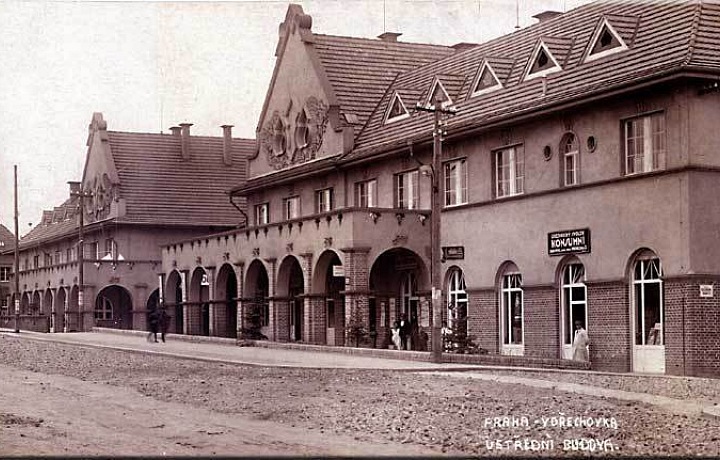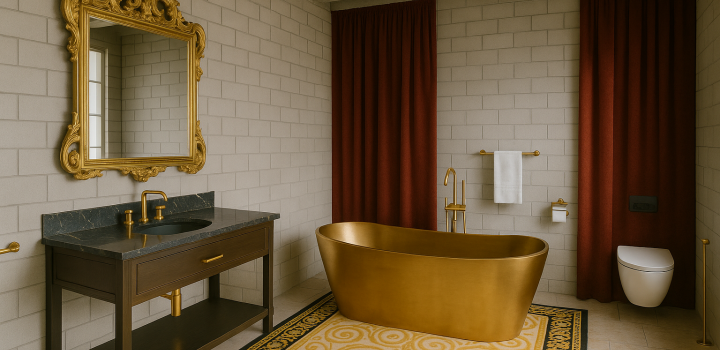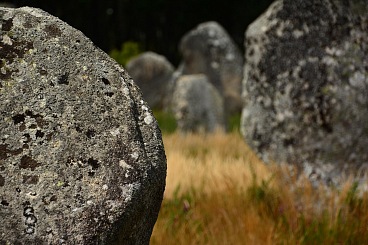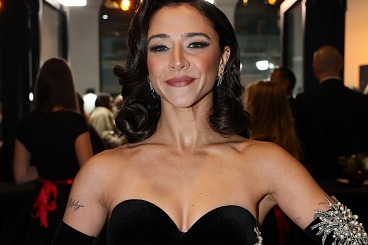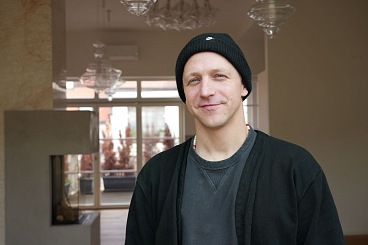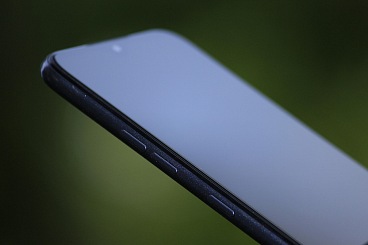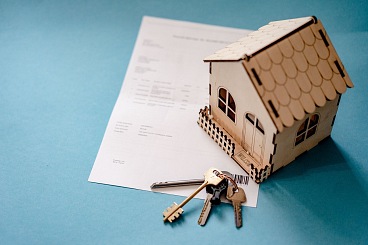Ořechovka: a symbol of history, luxury and English refinement
How Ořechovka got its name
During the 1920s, the name “Vořechovka” was still regularly used, the prosthetic “v” at the start later disappearing. This name was not however completely accurate. The so-called Bořek Garden used to stand here, which Jan Kryštof Bořek had built in 1710. The garden was created in a luxurious French style and there was a beautiful little Baroque summer palace here. This area came to be popularly known as Bořekovka, from which the name Ořechovka was later derived. Ořechovka is nowadays regarded as one of the most luxurious addresses in Prague.
History in dates
After World War One, the idea emerged of a conceptual city plan for development and construction of flats for civil servants relating to this. In 1922, the municipality of Střechovice was joined to Prague and it was precisely in this year that work started on construction of the new city district with houses. In the tender for construction of the district at that time, the winning architects were Jaroslav Vondrák and Jan Šenkýř, who stood out with their luxurious concept of a “garden city” with British influences. 197 houses with 224 flats cemented the bond to the English national style using modern features in an original and futuristic style. The focal point was a building which became the centre of social and cultural life in the whole of the district. There were shops here, cafés, restaurants, a doctor and even a cinema. It has retained its function to this very day. During the 30s, the first stage of construction was continued with extension of the buildings in the direction of Veleslavín.
Ořechovka today
Ořechovka has retained its authenticity and uniqueness to this very day. The refined attractiveness and idyllic atmosphere of the countryside attracts the attention of many who also long to live in a quiet location. Ořechovka constantly reminds its residents in a nostalgic way of the golden era of the First Republic. Its development is basically closed and the district thus forms a unique urban unit.
Which artists have been attracted by the picturesque Ořechovka district?
Ořechovka has become a luxurious and popular place among artists. We can find here houses of painters such as Alfréd Justitz, Václav Špála and Václav Fiala, the sculptor Břetislav Benda and the architects Bohumil Hübschmann, Alois Mikuškovic, Kamil Ossendorf, Miloš Vaněček or the poet Vilém Závada. These are for the most part located in the newer, eastern part of Ořechovka which was not developed until later. Other than the people mentioned above, Emil Filla, Karel and Jan Čapek, Iša Krejčí and Bohumil Kafka have lived here.


